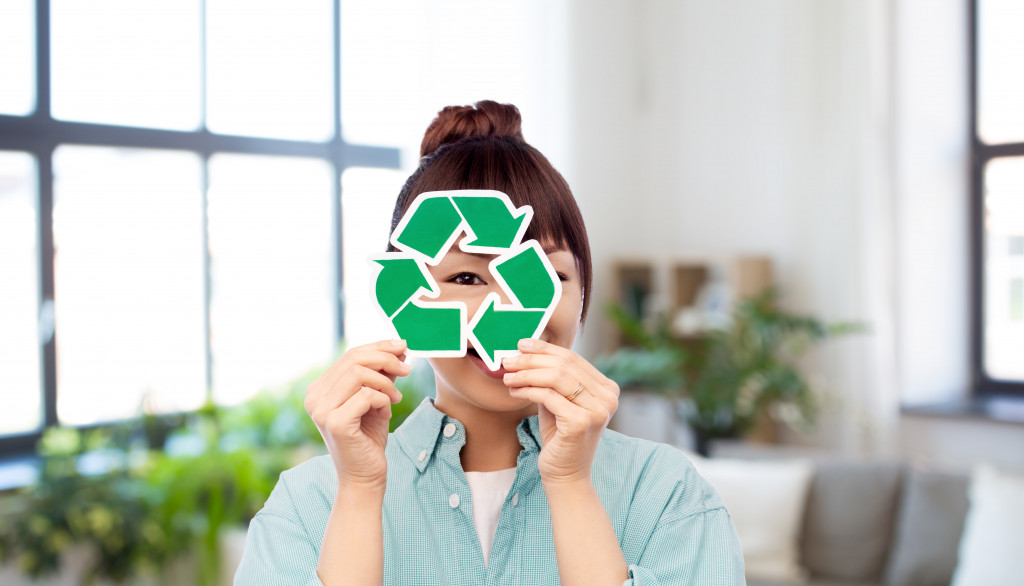- Proper waste management is important for the environment and our health.
- Ways to reduce waste include buying products with minimal packaging, using reusable bags, and avoiding disposable items.
- Hazardous waste should be disposed of properly through a certified waste management company.
- Composting can be done at home and has numerous benefits for the environment.
- Recycling helps conserve resources, reduces pollution, and creates jobs.
Proper waste management and removal have become crucial in today’s society. With the growing population, there is an increase in the number of waste produced, which poses a threat to the environment.
Waste management is not only important for environmental reasons but also for our health. Disposing of garbage improperly can lead to pollution, water contamination, and health hazards. Therefore, it is crucial to manage and dispose of waste properly.
Reduce Waste
The first step to proper waste management is to reduce the amount of waste you produce. One way to reduce waste is by purchasing products with minimal packaging. When shopping, avoid products with excess packaging and instead opt for eco-friendly packaging. Other ways of reducing waste include buying in bulk, using reusable bags, and avoiding disposable products.
Proper Disposal of Hazardous Waste
Hazardous waste, such as batteries, paint, pesticides, and chemicals, should be disposed of properly. Hazardous waste should not be disposed of like regular garbage as it can harm the environment and people. Disposing dangerous waste in a designated area or through a certified waste management company is crucial.

One of the best ways to ensure that you properly dispose of hazardous waste is by using the services of a reputable waste management company. For instance, companies like Skilton Skips Ltd have a team of experts trained to handle hazardous waste. With their help, you can rest assured that your hazardous waste will be disposed of properly and eco-friendly.
Composting
Hearing “composting” might have given you a mental image of large garbage piles or compost sites that smell like rotten eggs. But this process can be streamlined, done at home, and is much more pleasant than you’d imagine! Composting reduces the waste going to landfills and has numerous benefits, including improving soil fertility and reducing greenhouse gas emissions. Here are the steps:
Step 1: Choose a Composting Container
Choosing the correct composting container type is the process’s first and most essential step. You can purchase a pre-made or build one using an old bin or wooden pallets. The container should be sturdy, have holes for air circulation, and a lid to prevent pests and rainwater.
Step 2: Gather Compostable Materials
To create compost, you need the right mix of “green” and “brown” materials. “Green” materials include kitchen scraps like fruit and vegetable peels, coffee grounds, eggshells, and grass clippings. “Brown” materials include dry leaves, twigs, shredded paper, sawdust, and straw. It’s important not to add meat, dairy, or oily foods to your compost bin, as these items can cause unpleasant odors.
Step 3: Layering Your Compost
The next step is layering your compost mixture. Simply add your “brown” materials first, followed by “green” scraps, and then continue to layer the materials until the bin is full. It’s essential to moisten each layer to ensure the composting process works correctly. And don’t forget to turn over your pile every week or so to ensure everything decomposes correctly.
Step 4: Wait Patiently for Your Compost to Decompose
Composting takes time. It can take anywhere from several months to a year to get fully decomposed compost. The compost is ready once it has a dark, crumbly texture and a sweet, earthy aroma. Once your compost is ready, it can be mixed with soil to enhance its fertility!
Recycling

Recycling is an easy way to manage waste. Almost all recycling centers accept paper, cardboard, aluminum, glass, and plastic containers. Before throwing things away, check if they can be recycled. Recycling helps to conserve resources, reduces the need for landfill space, and reduces greenhouse gas emissions. Recycling also provides jobs and boosts the economy. Recycling comes with many benefits and is a simple way to make a positive impact on the environment. Here are a few:
- Recycling conserves resources and reduces the need for raw materials. For example, recycling one ton of paper saves 17 trees, 7,000 gallons of water, and 462 gallons of oil.
- Recycling helps combat pollution by minimizing the necessity for mining, harvesting, and extracting raw materials.
- Recycling can save energy. For example, it takes 95% less energy to recycle aluminum than it does to make it from raw materials.
Final Thoughts
Managing waste properly is essential for our health and the environment. There are different ways of managing waste, including reducing waste, proper disposal of hazardous waste, composting, recycling, and hiring professional waste management services.
Individuals can contribute to proper waste management by making simple adjustments to their lifestyle, such as reducing waste and recycling. However, large quantities of waste may require professional waste management. Proper waste management and removal can help keep our homes and the environment clean and healthy.

